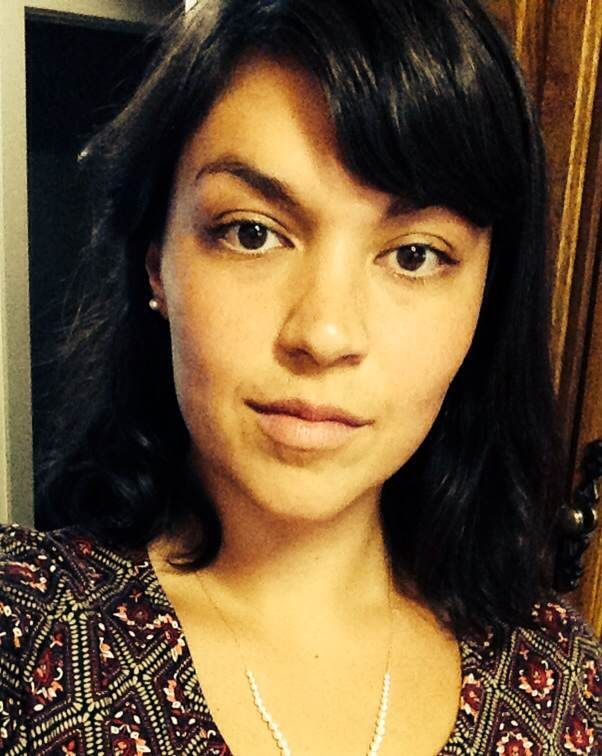One afternoon last summer, I stood at the corner of 100 North and Main, waiting for the crosswalk light to change. Heavy traffic flowed in both directions, past the hotels, restaurants, and shops: cars and trucks, RVs, eighteen wheelers, and tankers with contents unknown. I took note of one bus-sized camper pulling an SUV that had a bike attached to the back, an impressive amount of hardware to be hauled as one unit.
The exhaust hung thickly in the air, and I had a song in my head.
Oh beautiful, for spacious skies
For amber waves of grain
At first, “America the Beautiful” seemed an odd tune to come to mind while overheated and breathing fumes. But after a moment, it seemed the perfect soundtrack to the scene before me. Because what is more American than freedom? And this was freedom I was looking at, both the best and the worst of it.
It’s “the best” because many people who want to see this beautiful place are able to do just that. How amazing, to enjoy such fantastic mobility and wealth that we can come here from all corners of the nation, or even the other side of the world. Anyone who wants to, and can find a way to make it happen, can travel here and enjoy all that the area has to offer. It’s no wonder to any of us who are familiar with the area that so many people want to recreate here, buy a home or a second home, to live in Moab some or all of the time.
But with so many millions of people making the very understandable choice to spend time in our area, in Moab and in the Southwest generally, there are unintended impacts. And that’s where “the worst” comes in. Not because freedom is bad, of course. However, the cumulative impacts of our individual choices can create real problems that are very difficult to fix, especially since we do wish to preserve both our freedoms and quality of life. One consequence that increasing visitation and population is having on our area is to our air.
The Utah Department of Air Quality’s Monitoring Manager recently gave a presentation to the City Council on the results of the recent study of Moab’s ozone level. Ground-level ozone is created when nitrous oxides and volatile organic compounds react with sunlight. Something the monitoring manger said during this presentation really stuck with me: “For the most part, unless you’re actively pursuing projects to reduce emissions, your emissions are going to increase. Every time there’s a new car, a new house or a new building, that’s all going to create emissions.”
Moab’s temporary ozone monitor registered levels that are very similar to permanent monitors in Canyonlands and Price. This shows that our “homegrown” ozone pollution is only part of the issue.
Emissions are expected to trend upward, while the EPA is considering tightening the allowable levels, to more accurately reflect the impact of ozone on public health. This could put us out of compliance. Even if standards are not tightened, it’s reasonable to expect that compliance will be a challenge in the years to come.
The DAQ is currently testing our air for particulate pollution, tiny materials that can get deep into the lungs and cause serious health problems. Wood burning, airborne dust, and automobile exhaust are a few of the sources. When you see haze over the valley, or over our national parks, you could very well be looking at particulate pollution.
So what can we do? Some of us can make changes in our personal lives, like walking and biking more so as to drive less. But with an infrastructure made for the personal automobile, in a growing global economy driven by fossil fuels, personal choice alone is not enough. A few other things we could do are:
1). Implement an air alert system. People with respiratory or heart problems are advised to not exercise outdoors when the ozone exceeds a certain limit. Accessible information allows people to make an informed choice about their health.
2). Create a municipal composting system. A free place to take yard waste would reduce the appeal of open-burning, and save taxpayer dollars by diverting materials and extending the landfill’s life.
3). Improve commuter trails. We have a wealth of trails in the area, but when it comes to ways for locals to get around without a car, we have some room for improvement.
What else can we do, and what should we do, to keep our air healthy? And the larger questions, how do we deal with the negative impacts of many personal choices while preserve freedom, quality of life, and a healthy environment? This is one of the biggest challenges of our age.
America, America, God shed His grace on thee
And crown thy good with brotherhood, From sea to shining sea!



